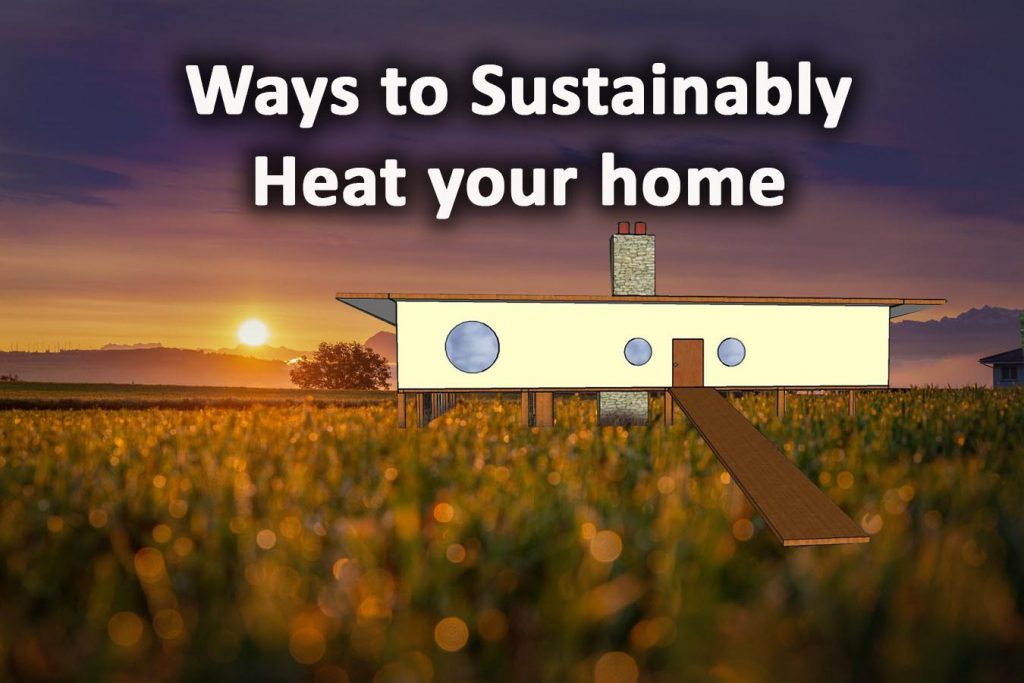In most homes, energy consumption is an expensive necessity. With the rise in energy prices, homeowners are looking out for ways to heat their homes cost-effectively.
It is possible to reduce home heating costs in various ways, especially during the winter. Apart from helping you to save money, these home heating methods can also make your home more comfortable to live in.
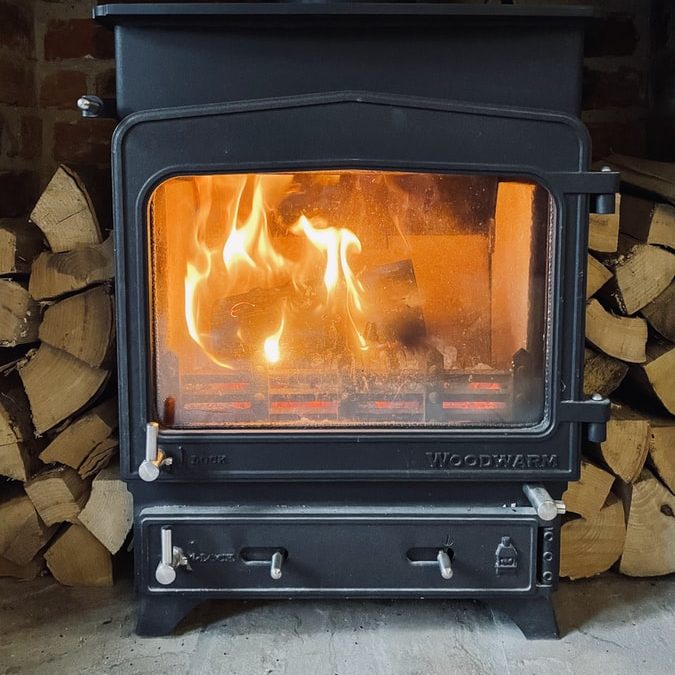
Sustainable home heating systems can reduce your energy expenses, thus saving you a lot in the long run. These types of home heating systems are readily available in the market, but the biggest question is which one is the most sustainable?
A sustainable form of energy meets the users’ energy demands and can be used repeatedly without the danger of depletion.
Homeowners are taking advantage of green technology. According to the National Geographic Energy Blog, twenty percent of all newly constructed homes in the United States are green projects.
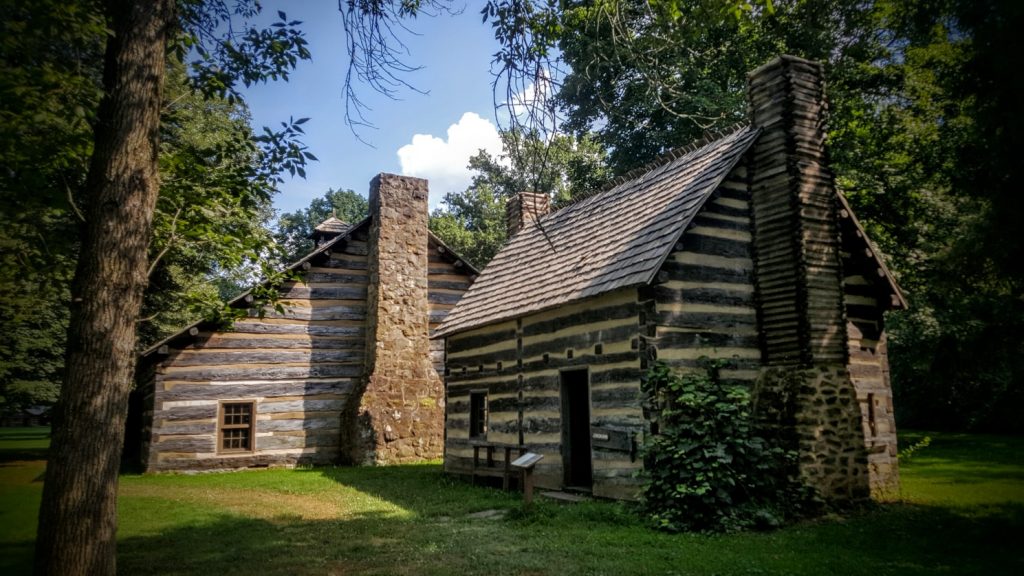
As countries try to meet climate change goals, most governments are providing rebates and incentives to entice established property owners to retrofit their existing residences to heat them with sustainable energy. Green heating systems are better than conventional heating systems because they eliminate greenhouse gases.
If you already own a home or you are planning to buy one, you can live off-grid by using the following types of sustainable heating methods:
1. Rocket Mass Heaters
Rocket Mass Heaters, also referred to as rocket stove mass heaters, are an efficient method of heating a house. They are mostly used for heating rooms and cooking.
These stoves are known for offering high combustion of wood, making them more efficient and clean for heating. Rocket mass heaters provide higher efficiency compared to traditional stoves, with the heater using less wood.
Unlike the wood stoves, rocket mass heaters burn sideways. Their design allows for less input but considerably more efficiency when it comes to heat output.
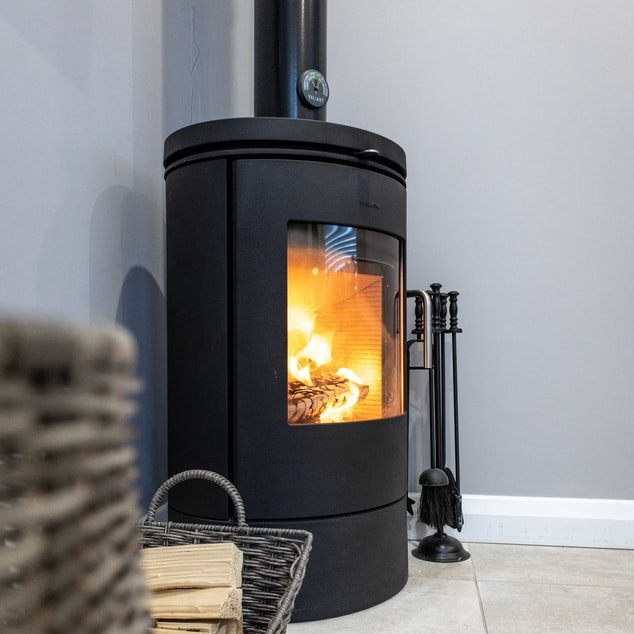
These stoves usually take advantage of the concentrated heat that is normally wasted in the exhaust pipes of typical wood-burning stoves. The heat in traditional wood stoves gets out through the chimney, while in rocket mass heaters, the thermal mass absorbs this heat.
The rocket mass heater increases heat efficiency by winding the exhaust pipe in the surrounding structure using the thermal mass. It then releases the heat into the surroundings slowly. The heated thermal mass stays warm for many hours, offering a comfortable living space, especially during the cold season.
2. Masonry heaters
Masonry heaters or masonry stoves are heating devices that are used for burning wood at high temperatures. They then store the heat, which is useful in warming up the house. They are usually made of ceramic, masonry, tiles, or bricks.
The heaters are best known for storing heat in the masonry thermal mass. Their outer surface does not get hot as it does in the steel wood stove. Instead, it retains the heat much longer. Additionally, the masonry heaters’ surface area offers a wide radiant surface, adding more comfort.
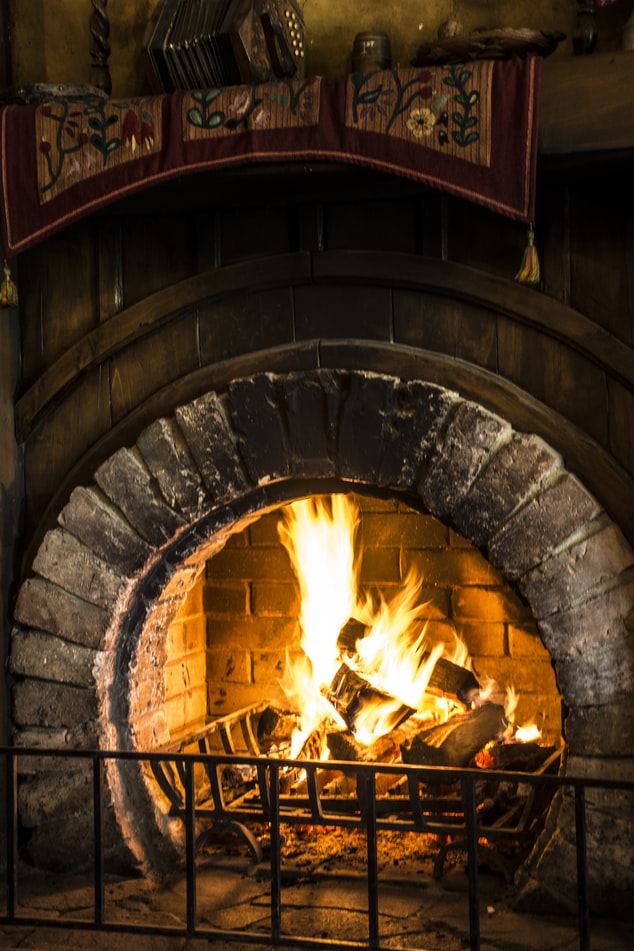
As a result of the masonry heaters burning fuel at high temperatures, there is complete combustion with minimal pollution. No smoke should be visible except when starting the fire. These heaters usually take a long time before they heat up, but they continue to radiate heat for a more extended period, between 12 -24 hours.
Masonry heaters offer a highly efficient way of heating your home using wood. Unlike in traditional wood stoves, fire in the masonry stoves burns out hot and fast, thus providing complete combustion.
3. Aga system
An AGA is a heat storage oven that emits a large amount of heat when cooking or boiling water. Usually, both the gas and electric AGA versions heat up in an hour, while the oil-powered AGA may take a day to get heated fully.
The AGA is known for heating the boiling plate and maintaining the heat, making it easier to heat the surrounding area. It can heat a large kitchen area quite easily. The oven temperature varies, but with the thermostatic control in the Aga, it becomes easy to maintain consistent temperatures.
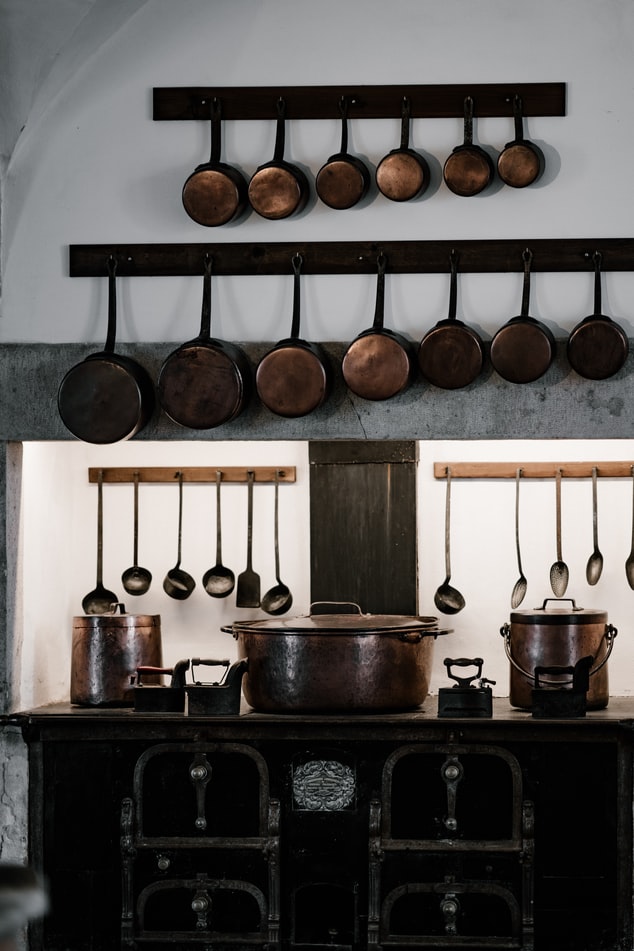
The heat storage oven is made from cast iron, making it easier to store and transmit heat across its cooking zones. The AGA produces radiant heat giving it the ability to cook food for a longer period, thus reducing the chances of burning out.
AGAs come in different sizes. You can choose from the single plate AGAs which are suitable where space is limited or opt for the models that have three, four, or five ovens, which are ideal for use in spacious homes.
4. Pellet stoves
Pellet stoves provide a cleaner and greener mode of warming your home. They are very efficient because they emit few particles into the air.
Many homeowners look for ways to cut down their utility bills during the winter season, and pellet stoves are an excellent option. Pellet stoves come with hoppers used for storing between 35 -130 pounds of pellets before they are needed. The exhaust gas is usually vented out through a small pipe that goes out on the wall or running upwards on the roof.
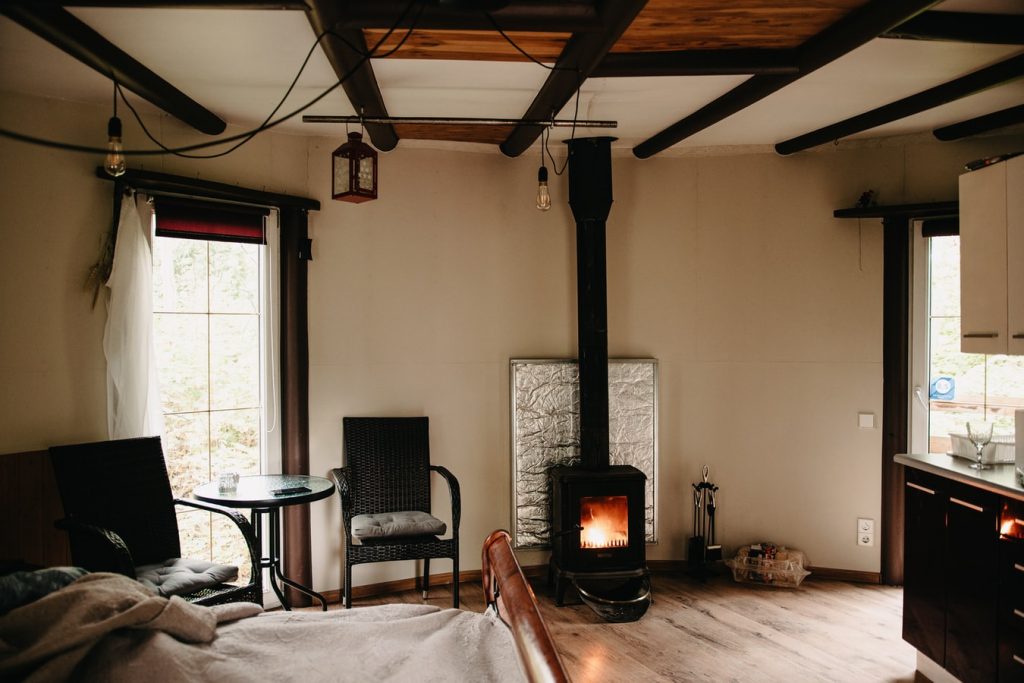
These stoves are much less expensive to install compared to wood stoves. The pellet fuel appliances come with freestanding and fireplace inserts. Wood pellets are less prone to air pollution, making them more eco-friendly, unlike other fuels such as oil, coal, and natural gas.
Pellet appliances are convenient than ordinary wood stoves when it comes to their operations. In fact, some have higher combustion and heating rates. As a result, they tend to produce little air. They have a heating capacity that ranges between 8,000 -90,000 Btu per hour, making them suitable for homes.
5. Biomass boilers
A biomass boiler is a type of heating system which utilizes natural or non-fossil fuel to produce heat. The boiler offers a more sustainable and renewable source of heat. The heat that is normally produced after burning biomass can be very useful in heating our homes. The most common biomass source of energy is wood. It can be in the form of pellets, logs, or wood chips.
Biomass boilers are more or less similar to gas boilers, but they combust wood pellets rather than gas to produce heat. The cost of biomass boilers is higher than that for oil or gas boilers. This cost varies with the type of boiler, size, quality, and automation level.

The boilers are normally bigger in size since boilers require more space to hold large quantities of fuel. Ideally, the boilers are designed to operate throughout the year, but one may opt to turn it off during the summer.
They can be used for heating living areas as well as water for homes or businesses. Therefore, they can replace coal, gas, or oil boilers.
6. Candle heaters
During the colder months, a candle heater can save homeowners a lot by just lighting a candle. By putting a candle in a heat-resistant container like in a terra cotta pot, you can easily turn those candles in your home into an efficient heater.
By building yourself a candle heater, the room starts to get some warmth. Therefore, you will not stay cold during the cold season.
You can decide to light up one or more candles depending on the size of your living area. The heat produced by lighting a candle that is uncovered is normally dispersed across the room and easily absorbed by the walls.
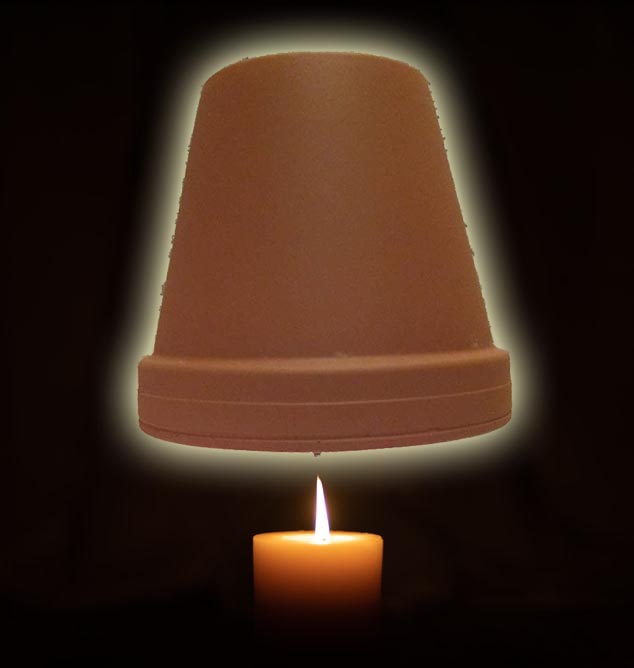
Terracotta pots are convenient in absorbing and maintaining all the heat produced. Once the pot has reached maximum temperatures, it radiates the heat to the surrounding area.
Thereafter, the pot still maintains the warmth even after the candle dies goes off. One can even place their hands or feet on it for some warmth.
7. Wind turbine generator
Nowadays, people who are interested in the homesteading lifestyle are using wind turbine generators. The use of wind as a source of energy is becoming a popular way of attaining sustainable and clean energy for homes and businesses. Home wind generators can generate electricity at lower costs.
These wind turbines are usually made of large blades that are mounted on top of buildings or on poles. The blades play a major role in capturing the wind while it is blowing and then convert it into energy.

This energy can then be used in the home for different purposes, including in electric radiators for heating. This kind of heat is very efficient since wind is a natural resource. The element occurs naturally, hence no fear of costs going up or running out like oil or any other kind of non-renewable energy.
Even though the initial cost of setting up a wind turbine might be high, a wind turbine saves homeowners a lot of money in the long run since there are no monthly costs to be incurred for using the energy, unlike in using grid electricity.
8. Solar heating system
A solar heating system provides the most cost-effective way of heating for homeowners during the cold season. The solar heater absorbs light from the sun and then converts it to heat for use in your home.
Heating your living area using a solar heating system will, by all means, reduce your energy bills. Additionally, the system reduces the amount of air emitted from using fossil fuels as a source of heat.
The cost of a solar heating system usually varies depending on the heating system’s size and type. Moreover, these heating systems come with warranties of about 10 years or longer. Two types of solar panels are available.
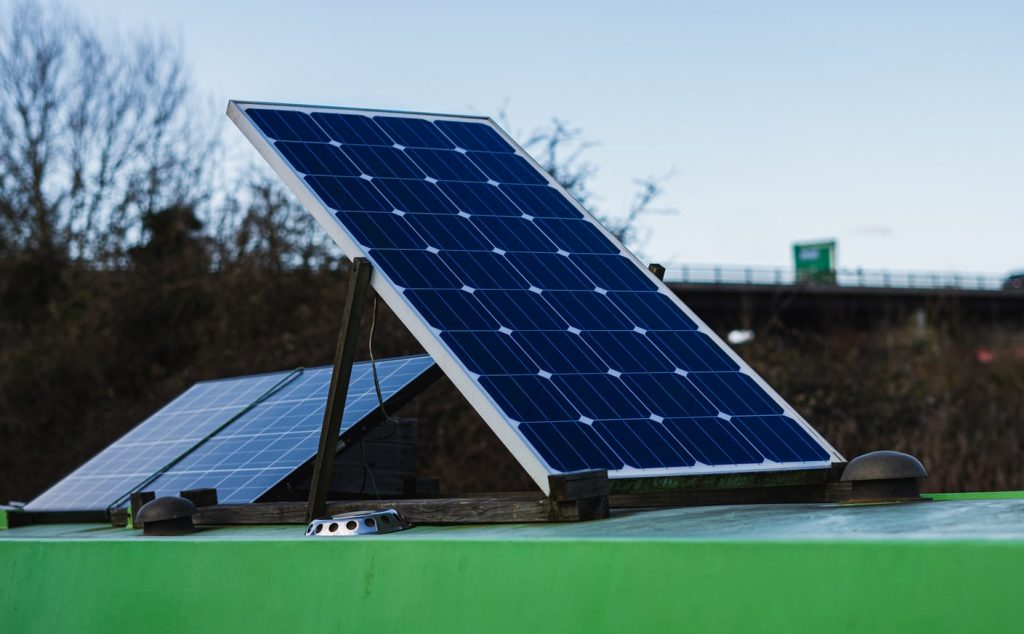
The flat plate photovoltaic panels and the tube systems. The flat plate systems require less maintenance, are more robust, and less expensive as compared to the tube systems.
Solar heating methods are also categorized into two, passive and active solar heating. In the passive system, the windows, walls, and floors are designed in a way that allows them to collect and store heat easily, while in the active system, heat is circulated through devices such as collectors, pumps, and storage tanks.
9. Hydronic heating
Hydronic heating is a type of heating system which is dependent on hot water for heating a home. The system works by supplying heat to the panels in the wall or ceilings in the house.
A hydroponic heating system is highly dependent on radiant heat transfer that mainly involves transferring heat from the hot surface to the surrounding via radiation.
Once the water cools, it later flows back to the boiler for re-heating purposes. As a result of this, the objects in the house remains warm for a long period, helping in maintaining warmth in the house. If heating is based on the floor, it is referred to as radiant heating or floor heating.
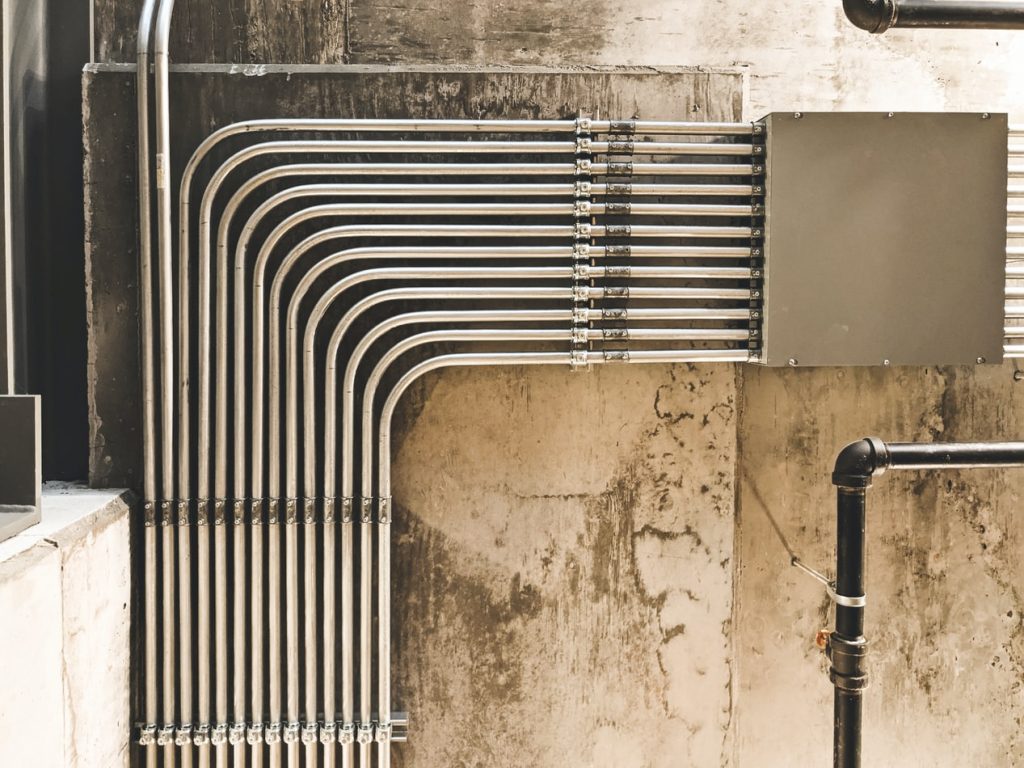
This is effective and provides comfort since users get to enjoy the warmth across all the rooms in the house. The floor system pumps the heated water from a boiler via tubing that is laid down in patterns beneath the floor.
10. Geothermal
The geothermal system works by transferring heat via long loops of a pipe, which are usually buried underground, providing ample heat during the winter and cool temperatures during the summer.
Geothermal heating generally works by taking the heat energy that is slightly below the surface of the earth and then converts it into hot air. This is made possible by the use of geothermal heat pumps (GHPs), which are also known as GeoExchange.
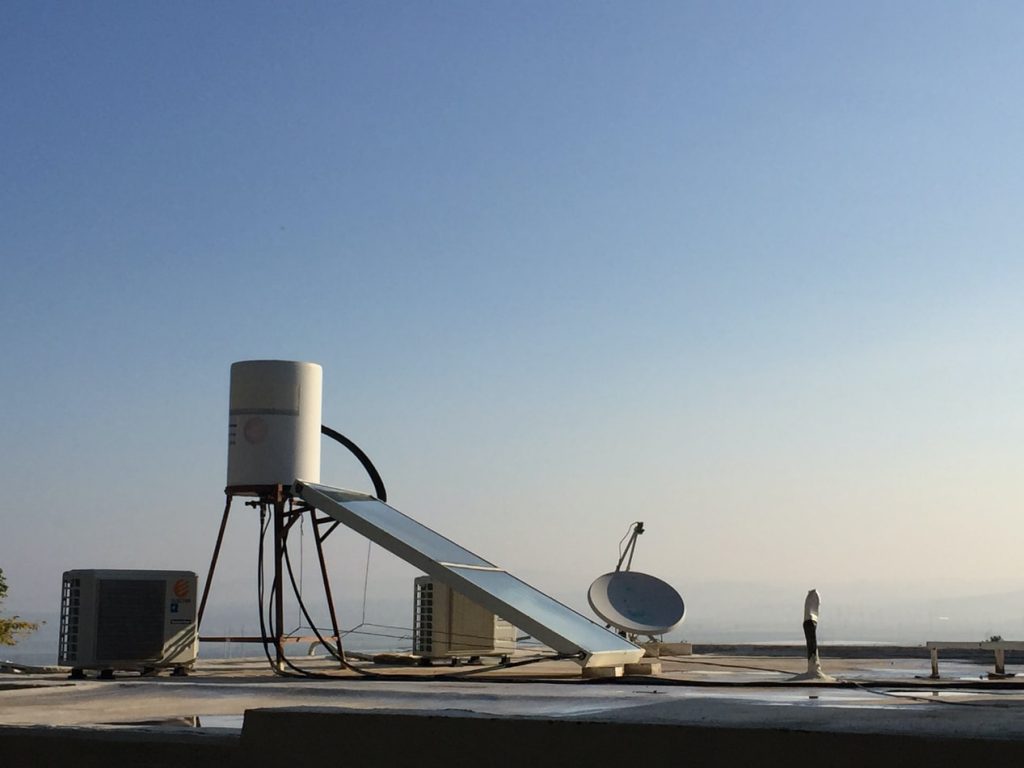
They are powered using few units of electricity and are considered to be one of the most efficient ways of providing heating and cooling in homes. The earth’s surface is said to absorb 50 percent energy from the sun into the ground.
The energy coupled with radioactive decays from minerals together produces geothermal energy. As for the residential geothermal heating, the liquid absorbs trapped heat energy then transfers it to the geothermal heat pump, which finally transfers the heat received from the liquid, later passing it to a dwelling just like in a furnace.
Heating your home sustainably is a great way to save costs and enhance your standard of living. Since the energy is sustainable, the longer you reside in the home, the more money you will save on your energy expenses.
Back to home

How Self Sufficiency and Homesteading can stop Climate Change

How much land do you need to be self sufficient?

Homesteading skills, for Self Sufficiency

Homesteading Checklist for self sufficiency

A beginner’s guide to self sufficiency & its benefits
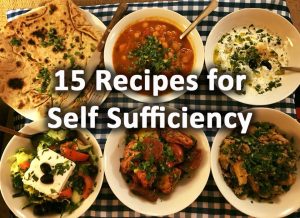
15 recipes for self sufficiency

How many chickens do you need to be self sufficient?

27 foods you can forage for free near your home
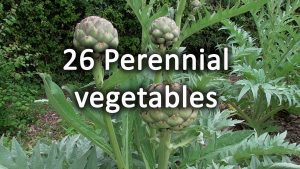
26 Perennial vegetables for the garden

Self sufficient homes
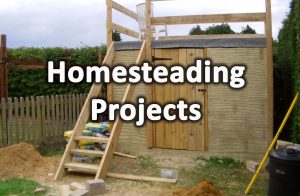
31 Homesteading projects
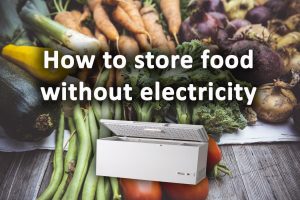
15 Ways to Store Food without Electricity

The best Climate for self sufficiency
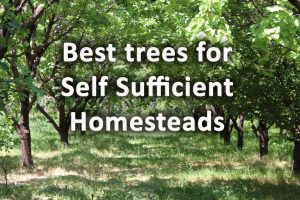
The most useful 22 Trees for a self sufficiency & homesteading

31 Vegetables for self sufficiency

What animals do you need to be self sufficient?

How to stop Climate Change with Crops – Crops for climate change

Temperate Food forests

32 Homesteading products for self sufficiency

10 Ways to Sustainably Heat Your Home

10 Ways self sufficient homesteading can be good for your health

32 Best Crops for Winter Storage

34 crops for prepping and survival

How to make a self sufficient garden
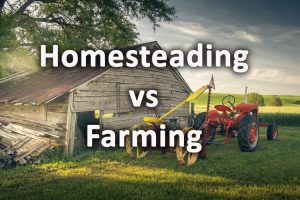
Homesteading verses farming what’s the difference?
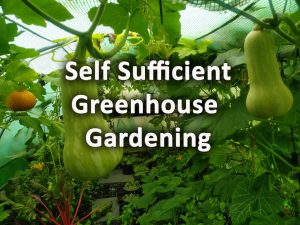
Self sufficient greenhouse gardening

12 Crops which add nitrogen to the soil

32 of the best crops for Polytunnels

12 Best Crops for Carbon Sequestration

